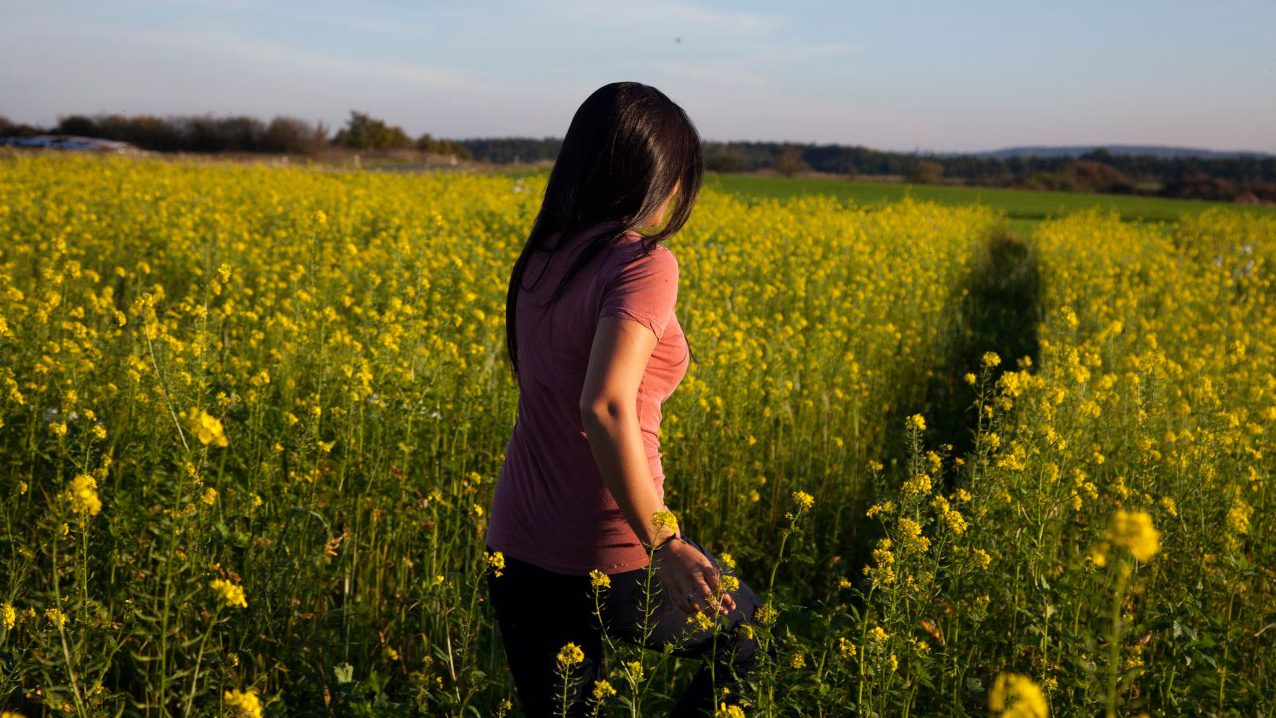Exercising with Spring Allergies

Before you head outdoors for a workout, consider the pollen count.
Spring is the perfect time to dust off your running shoes and get outside for a walk or jog in the fresh air. But when that air is filled with enough pollen to make your eyes itch and your nose run, a workout that should make you feel invigorated could instead leave you feeling awful. You don’t have to give up outdoor exercise during spring allergy season, as long as you take a few preventive steps to avoid an allergy attack.
“Because there can be millions of pollen particles and mold spores in the air, finding allergy relief can seem nearly impossible for some,” said allergist Michael Foggs, MD, president of the American College of Allergy, Asthma & Immunology. “But by knowing what triggers your allergy symptoms and how to avoid these allergens, you can be on your way to a sneeze-free season.”
Start with a visit to an allergist well before spring allergy season starts. The doctor can do skin or blood tests to pinpoint your triggers, so you can develop an avoidance plan. For example, if you’re sensitive to pollen, you can monitor pollen counts in your area, and stay indoors on days or at times when they’re particularly high. Your doctor can also give you allergy shots to desensitize you to your trigger, or prescribe allergy medicines for you to start taking before the season starts.
Shift your routine
Though early morning might be the most convenient time for exercise, it’s also prime time for allergens. Pollen counts tend to be highest between 5 a.m. and 10 a.m. If you’re in the habit of taking a morning run, adjust your routine. Work out in the afternoon or early evening instead. On days when your schedule doesn’t allow a late workout, shift your routine to the gym if allergens fill the air.
Also consider the weather. Pollen and other allergens are most abundant on warm, dry days. Wind can also aggravate allergy symptoms because it stirs pollen, ragweed, and other triggers up into the air. The best time for an outdoor workout is just after a good rain, which helps to wash away these tiny particles.
When you do venture outside for a workout, listen to your body. If you’re out for a run and you suddenly have trouble breathing, or your congestion and itchy eyes really bother you, stop and head back indoors.
Take your medicine
No matter when during the day you exercise, you might not be able to avoid every pollen grain. And, because you breathe more deeply when you work out, you’re likely to inhale more of these allergens into your lungs than you would while relaxing outside.
If outdoor exercise sets off your symptoms, take allergy medicine – such as an antihistamine – before you work out. Choose a non-drowsy formulation so you won’t get sleepy.
Dealing with asthma during allergy season
Up to 40 percent of allergy sufferers also have asthma, and the same triggers that set off your sneezing and runny nose can also launch an asthma attack. If you do have asthma, check with your doctor before exercising. You may need to take special precautions – like using your inhaled steroid or other asthma medicine before each workout, and keeping it close by in case of an attack.
Wash off allergens
While you’re outside, allergens from the air can cling to your hair and clothes and hitch a ride into your home. Even if you’re in the habit of showering after a workout, don’t stop there. Also wash your clothes and any workout gear to make sure any pollen that does sneak inside gets washed away before it can make you sneeze.
Updated:
March 30, 2020
Reviewed By:
Janet O’Dell, RN